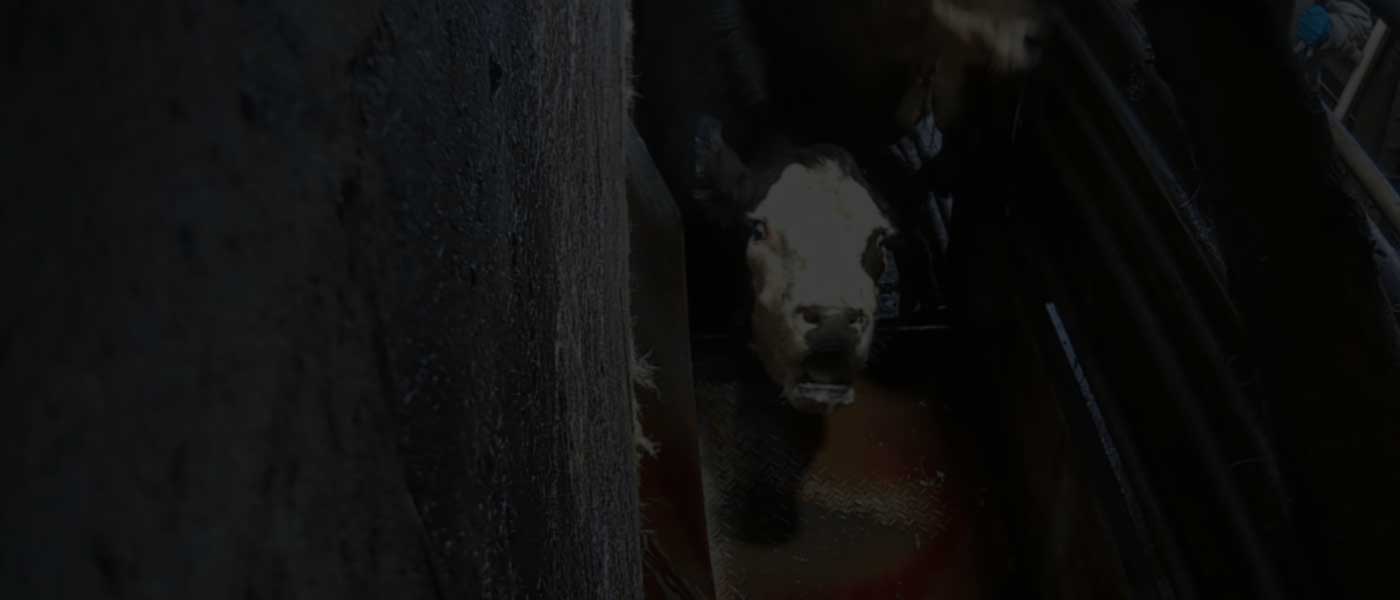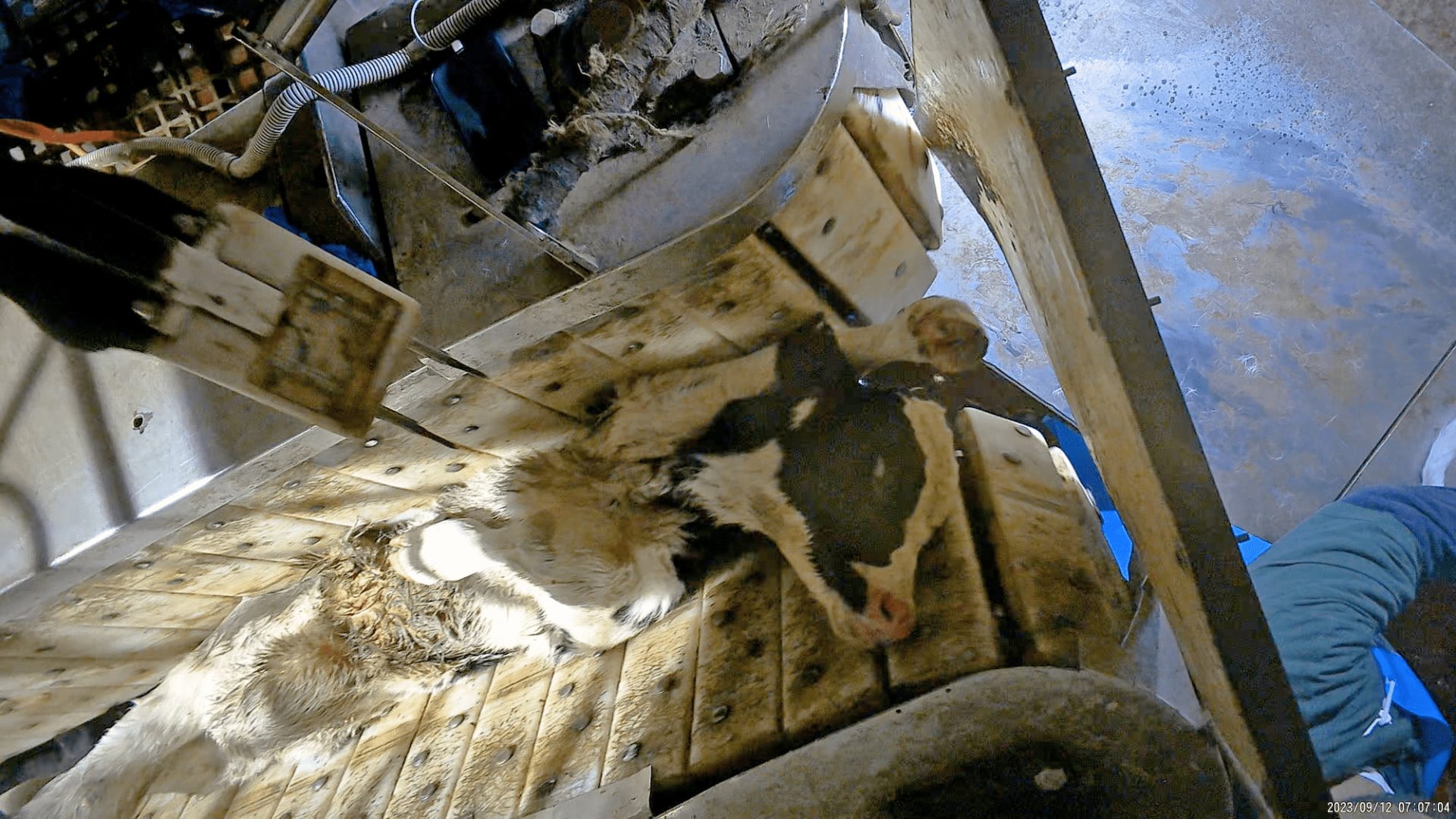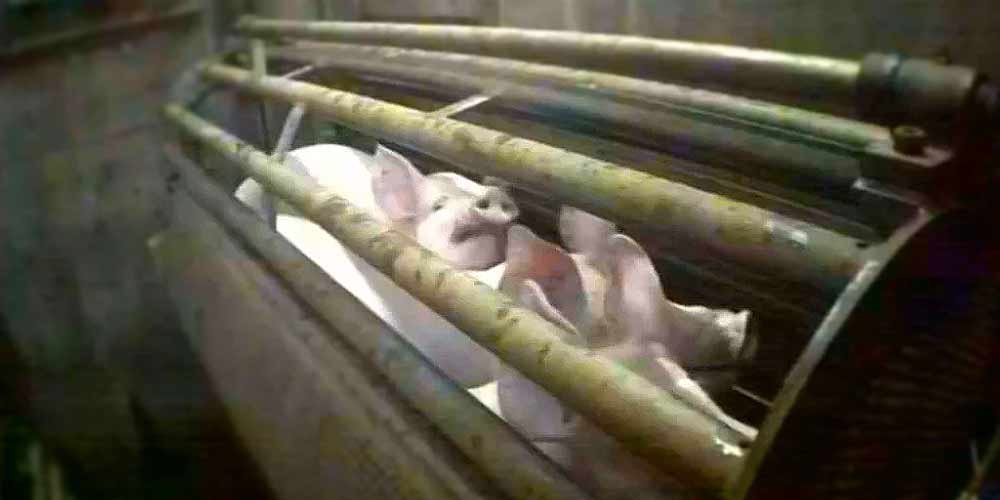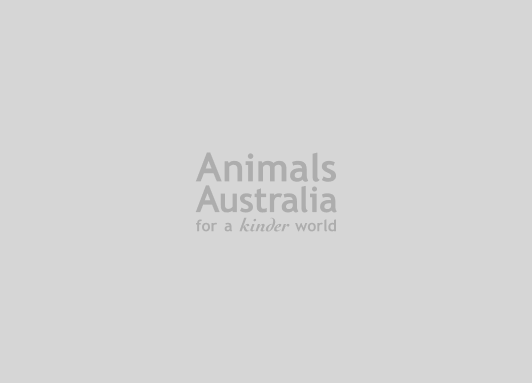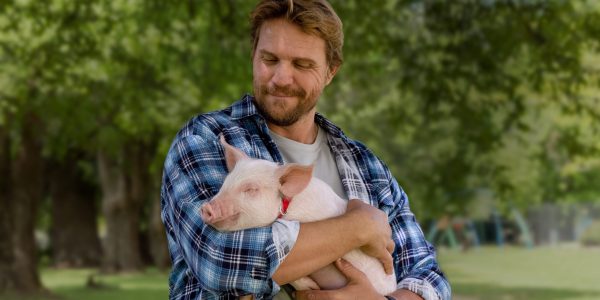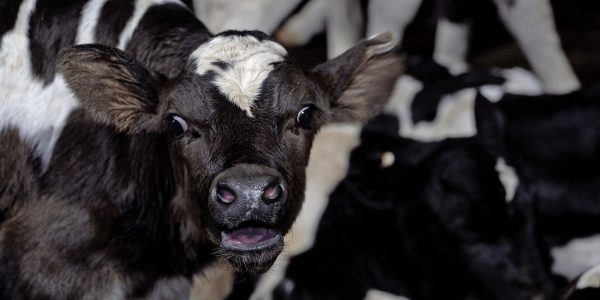Most people would be shocked by the reality of ‘standard practice’ animal slaughter. Slaughterhouses, whose entire business relies on killing animals, can’t change these practices – so what do they do? They try to hide them.
When Farm Transparency Project (FTP) investigators captured footage in a Victorian slaughterhouse showing “goats having their throats cut while they appear to be still alive”, FTP submitted a cruelty complaint to the federal Department of Agriculture, Fisheries and Forestry. Determined to show the plight of goats being killed in Australia, FTP published extracts online and sent the footage to the media when authorities failed to act.
What happened next?
Rather than condemning the cruelty, the slaughterhouse took action to sue the investigators who exposed it. A temporary injunction was ordered to prevent the footage from being shown to the public.
FTP has since been arguing in court for the public’s right to know what happens inside Australian farms and slaughterhouses. While a decision has yet to be made on this particular case, we don’t need to stretch our imagination to gauge what the footage entails. Sadly, there is ample evidence already of the terror animals experience behind the closed doors of Australia’s slaughterhouses.

